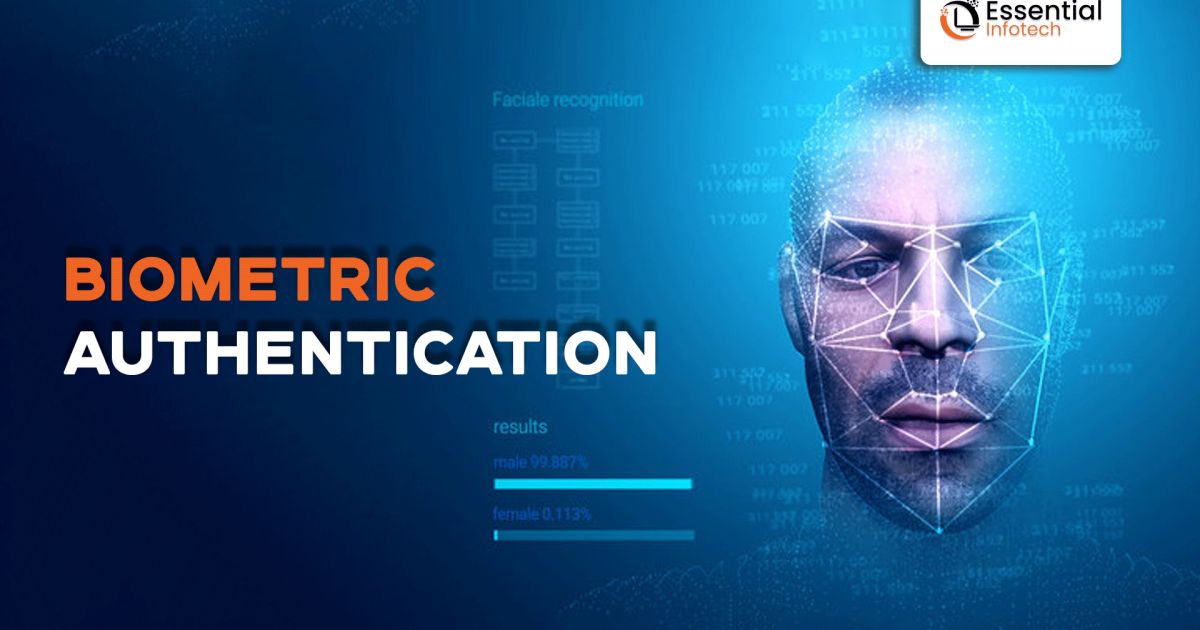

Biometric Authentication: Advancements and Adoption
Biometric authentication is now an effective instrument in the field of cybersecurity for confirming identity and enhancing online safety. Utilizing distinct biological characteristics like fingerprints, facial characteristics, and iris patterns, biometric identification offers a more convenient and safe solution than conventional password-based techniques. Let's examine the developments in biometric technology and how it has been used more frequently in various sectors.
1. Technological Progress in Biometrics
a. Multimodal Biometrics:
● Biometric technology has progressed, resulting
in the emergence of multimodal biometric systems.
●
These systems
integrate various biometric modalities like fingerprints, facial recognition, and voice authentication.
●
The purpose is to
improve accuracy and security in authentication processes.
●
Multimodal systems are
designed to withstand spoofing or impersonation attempts better.
● By combining multiple biometric factors, they
provide robust authentication solutions.
b. Behavioral Biometrics:
● Behavioral biometrics examine behavior
patterns like typing speed, mouse gestures, and navigation habits for user
authentication.
●
This method enhances
security by constantly monitoring user behavior during authentication.
● It makes unauthorized access to sensitive
systems or data more challenging.
c. Biometric Encryption:
● Biometric encryption methods heighten the
protection of biometric data by transforming biometric templates into encrypted
codes that defy reverse engineering.
●
This process
guarantees that compromised biometric data cannot be exploited for
impersonation or unauthorized access.
● The implementation of biometric encryption is pivotal in safeguarding sensitive biometric details and upholding user privacy.
2. Adoption in all Sectors
We Are A Leading IT Company Experienced In Creative And Innovative Development And Design Solutions .